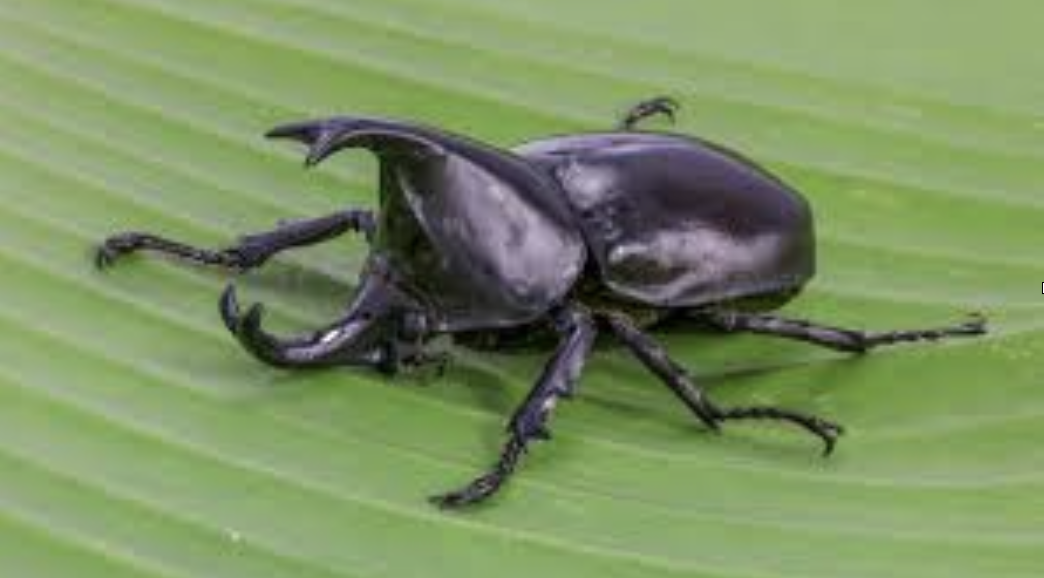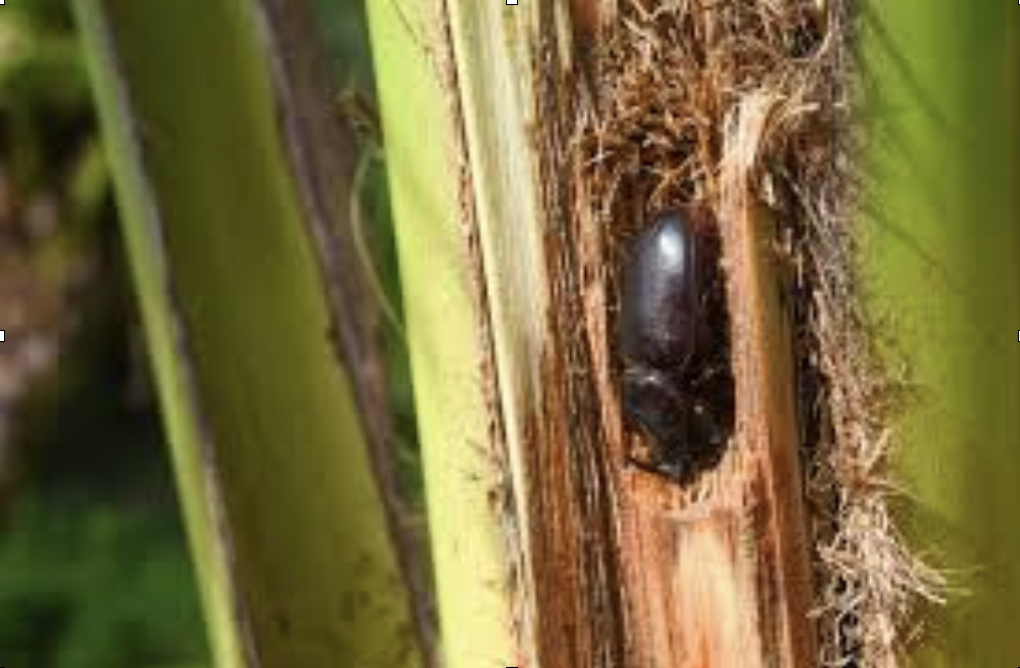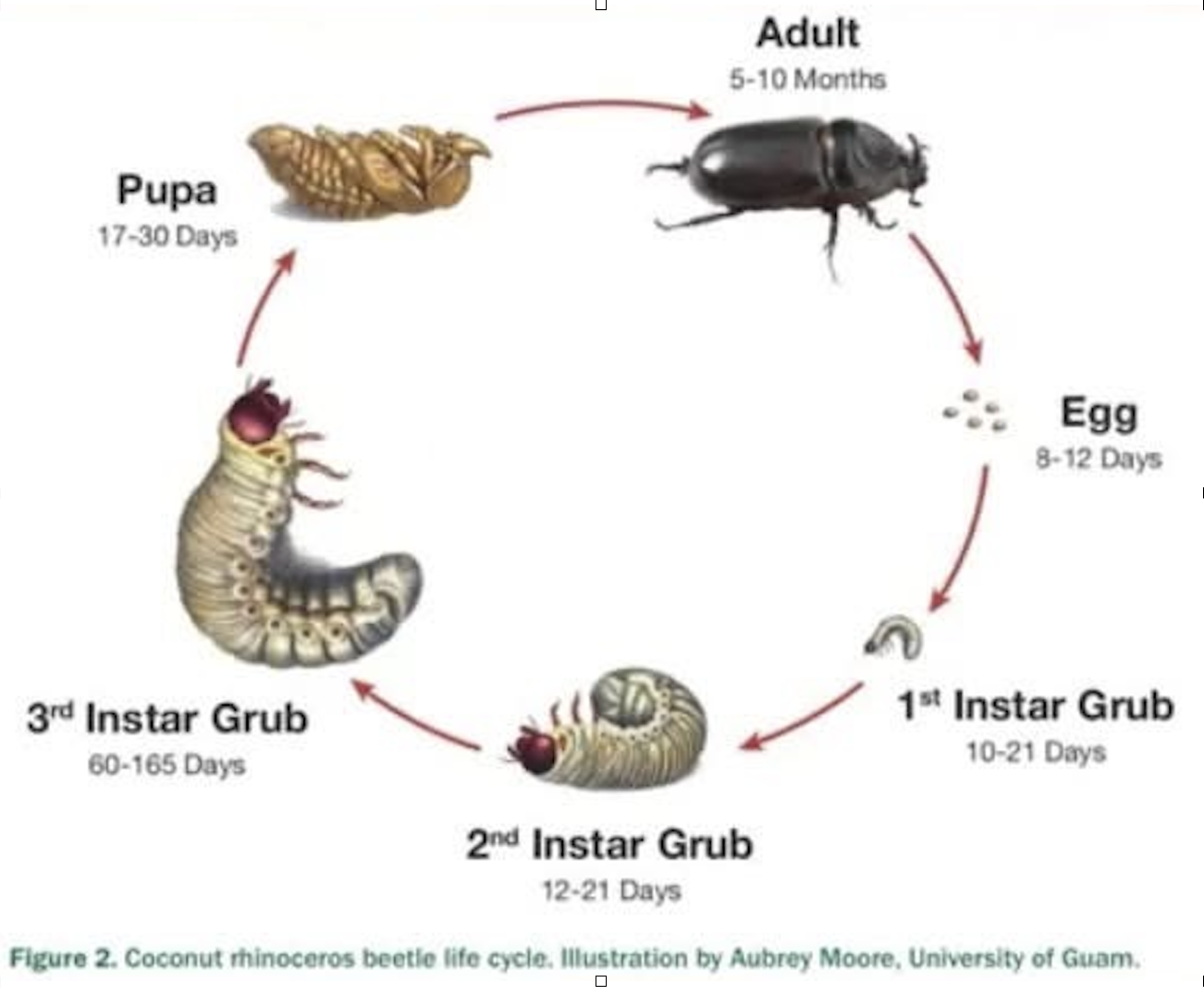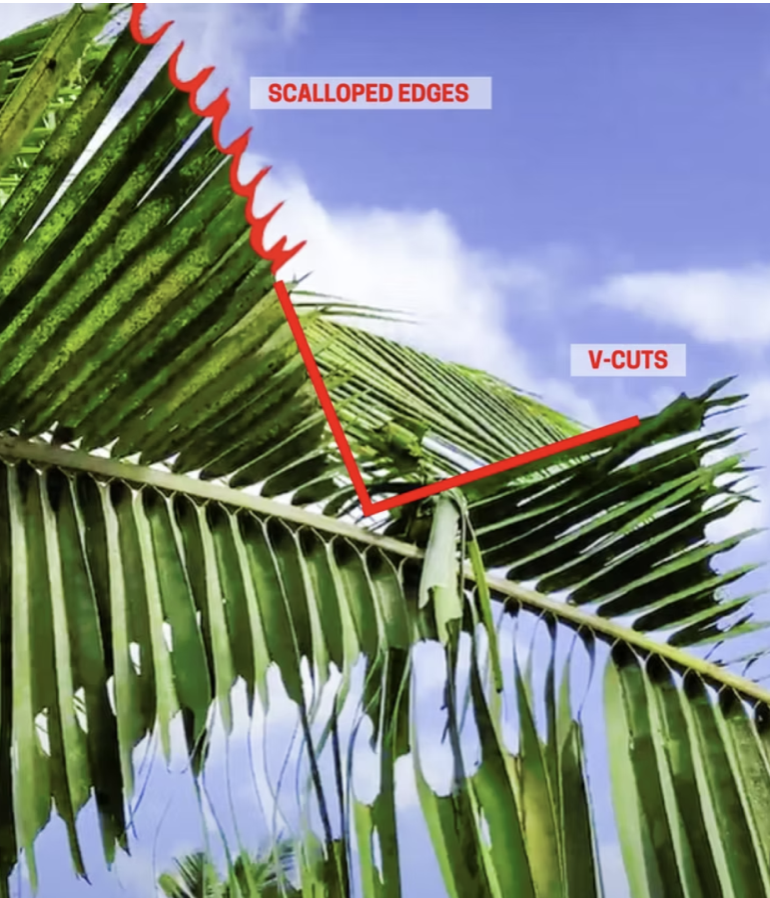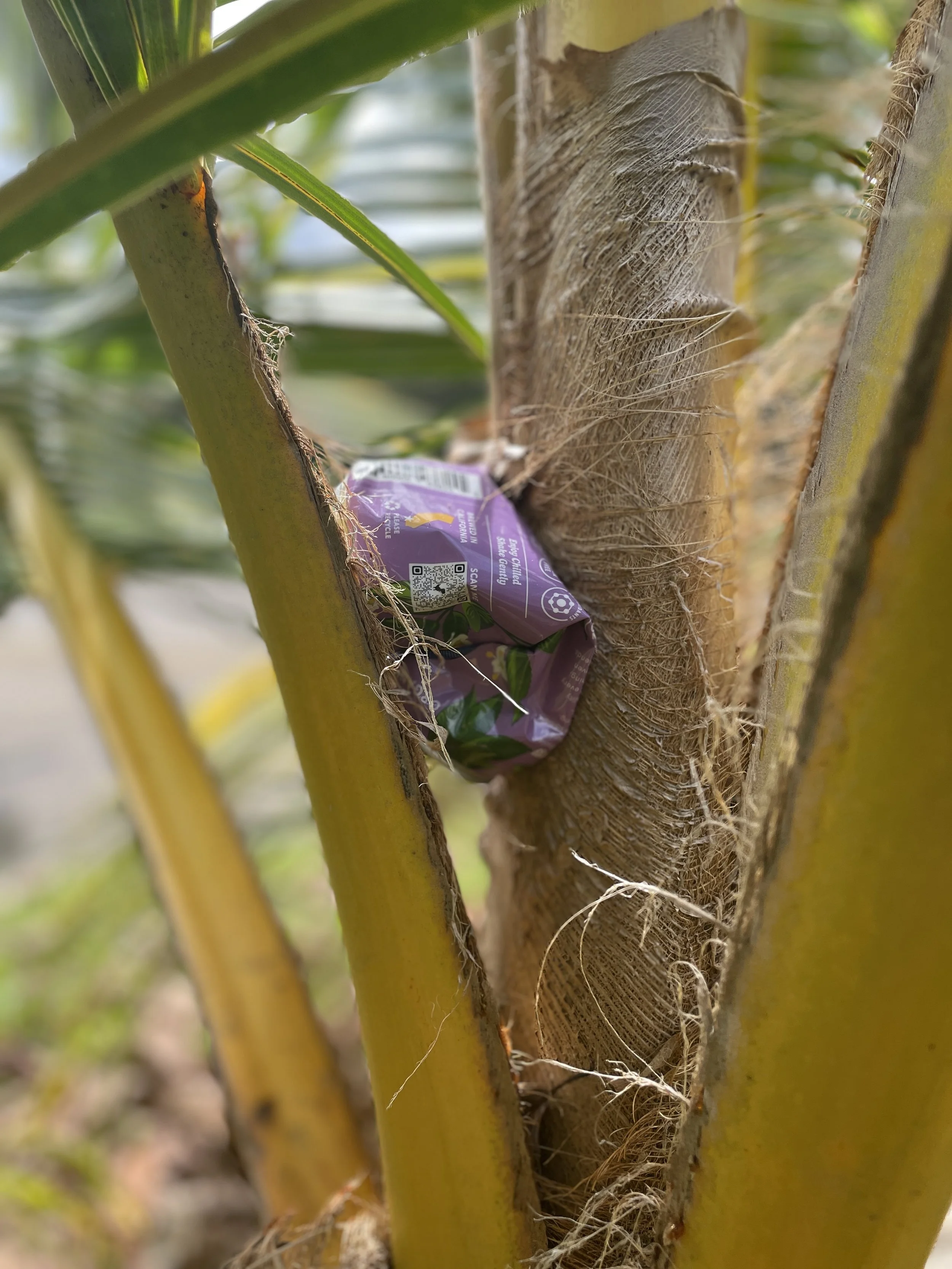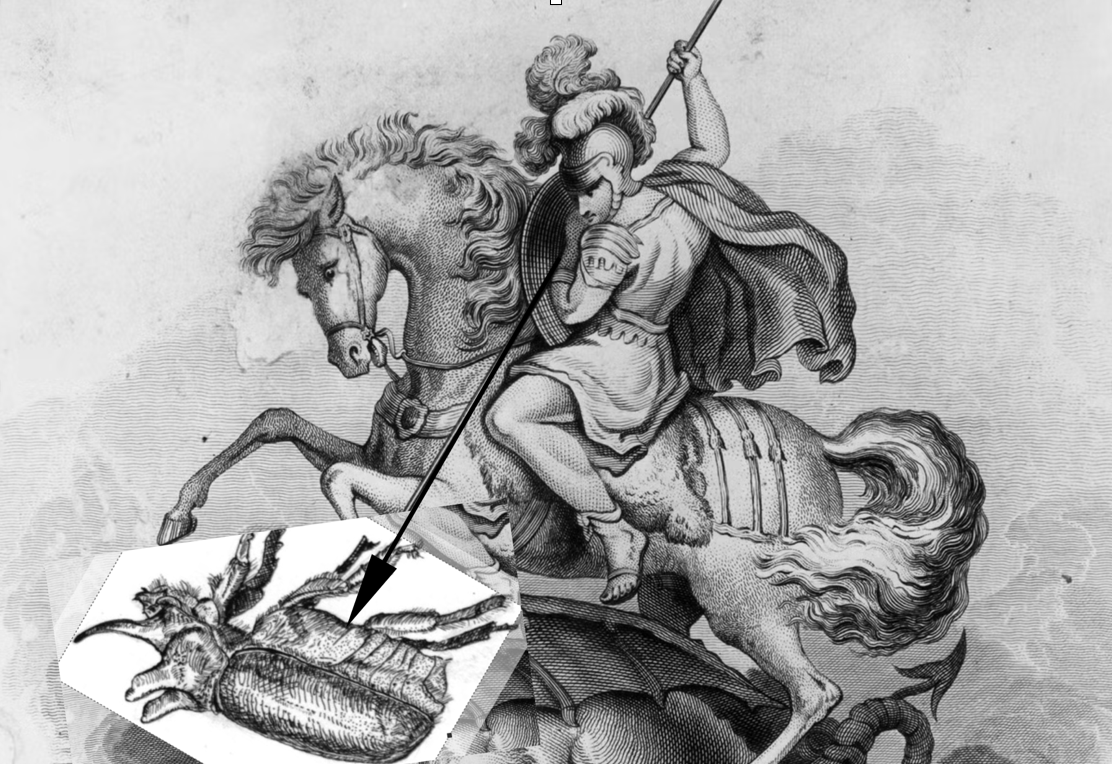Aloha, Neighbors.
I’m Ruby, an artist made and raised on Kauai. For immediacy, I’m hosting this page on my site while a fully interactive website dedicated to CRB is being fleshed out. This preliminary information below was compiled by Auntie Merlyn Ruddell as a result of a North Shore community meeting where experts and neighbors communed to share research and experience preventing and treating the destruction caused by the Coconut Rhinocerous Beetle, with toxic pesticides as a last resort.
To be added to a mailing list for news and updates, send your contact info to PeacefulKauai@gmail.com or text Merlyn at 808-828-9891. Soon, she will be providing a more detailed report, prepared by E Ola Kākou Hawaiʻi.
In solidarity!
Ruby
What is a Coconut Rhinoceros Beetle (“CRB”)?
Lethal to coconut palms
Adult CRBs up to 2 or 3” long
Adult CRBs bore into the crowns of palms
Feed on the developing leaves and sap
Lay eggs in decaying organic matter such as rotting coconut logs, mulch, compost piles
Adult beetles are nocturnal and can fly several miles in search of food or breeding sites
Adult females lay between 50 to 140 eggs during their lifetime
What do Larvae look like and how do they multiply?
Larvae: The eggs hatch into C-shaped larvae that can grow to be up to four inches long.
Larvae live in mulch piles, fallen coconut logs, green waste.
Spread through transport of infested green waste, mulch, soil, and compost.
What is the danger of CRBs?
Damage and destroy coconut palms widely and thoroughly
Secondary targets include palms, taro, hala, pineapple, papaya, banana, and sugar cane
Spread rapidly
Guam - First detected in in September 2007
Then spread became entrenched, despite control measures like pheromone traps, sanitation, and biological controls
Guam Department of Agriculture estimates that at least 25% of coconut trees have sustained damage from CRB
Established on Oʻahu since its initial detection in December 2013
Spread island-wide
CRB now considered present throughout Oʻahu
Localized hotspots, such as parts of the North Shore and Pearl City, have reported up to 50% mortality in coconut palms
Is there a cure for CRB infestation or an effective statewide effort to eradicate CRB?
Not as yet
When was the first CR Beetle found on Kauai?
The first CRB was found at the Lihue transfer station in 2023
Kauai was the first neighbor island to report a detection
Breeding sites were soon found in Puhi, Wailua and Kīlauea
Two years later, where are CRB damaged and dying coconut palms and/or breeding sites on Kauai’s North Shore?
Anahola
Aliomanu
Moloa’a
Kilauea
Princeville
Hanalei
“Kaua‘i’s landscape is essentially a perfect breeding ground for CRB,” wrote Keanini and Chock. “We have a lot less urbanized areas as compared to O‘ahu and many large green spaces with decaying matter that can serve as potential breeding sites as long as feeding material is available nearby.”
How do I know if I have CRB or CRB larvae?
Pheromone Traps (pheromone traps are for initial detection only, as they attract CRBs to the area - for a deterrent, use non-pheromone traps only - such as UV traps)
Go through all green waste on your property with scent dogs and experienced handlers
Comb through all decomposing material on your property, and look for larvae
Visual inspection of Coconut Palms:
Center shoot of coconut palm leans over
Palm fronds have distinct V-shaped cuts
Holes along the center of the frond's midrib
Tips of fronds are stunted/cut
Edges of fronds are eaten
2-inch boreholes in the palm's crown where the beetle initially feed
NOTE: CRB LOOKALIKES!
It is important to note that some other beetle larvae look like CRBs but are NOT, and are NOT harmful, like the Oriental Flower Beetle (OFB). OFBs move like an inchworm, while CRBs move on their sides, always trying to curl and burrow. Here is Lance Thomas, mentioned below with Conservation Dogs, explaining the visual difference. On the LEFT side of the screen is a CRB, on the RIGHT is an OFB .
What to do if I find CRB larvae?
Comb through every bit of the pile and drown them
Heat the pile to 135 degrees
Report it to 808-643-PEST or https://www.643pest.org/
Submerge larvae in water
Cover mulch/green waste pile thoroughly and expose to sunlight to heat pile interior to over 135 degrees Fahrenheit
What do I do if I find Coconut Rhinoceros Beetles or Beetle-Damage in my Trees?
Report to https://www.643pest.org/
Freeze
Submerge adults
Sulfuric acid
Dr Bronner’s Peppermint Soap
How do I prevent CRB?
CRB flourish in compost and green waste piles
Remove standing dead coconut palms, coconut stumps & logs
Inspect commercial potting soil, fertilizer etc for CRB/larvae/eggs
Prevent/Protect through Green Waste management:
First choice: Remove green waste and compost piles
Take green waste to the Transfer Stations or Heart and Soul Organics in Moloa’a
Second choice: Manage green waste onsite
Solarize - wrap in plastic and heat - 135 degrees kills larvae
Chip green waste, etc, as long as no larvae are present. & spread the chips like confetti, not chip piles
Add chicken fertilizer; nitrogen & calcium deter larvae
Spread mulch under trees no higher than 10”
Keep material dry and well-aerated
Avoid letting green waste accumulate in shaded or moist areas.
Regularly turn compost piles to expose larvae and interrupt their life cycle.
Prevent/Protect through Coconut Palm ongoing management:
Trim coconut palms - Prune, remove brown fronds & dirt clumps
Build the health of coconut palms & boost immunity
Fertilize, foliar spray, (see list below) and seawater
Regular Application of non-toxic deterrents in crown
Treat coconut crowns to repel beetles with a mixture of some or all of the following: Basil oil. Dr. Bronner’s Peppermint Soap, Sand and Sea Salt, Neem “cakes”
Stuff into crooks of coconut leaves. get as high up in canopy as possible where CRB prefers to feed
Tuck moth balls in soda cans into crowns - place two moth balls in dry cans & fold over to keep mothballs dry
Diatomaceous earth (use with caution)
Netting (special netting with small holes) has to be adjusted for each new frond, labor intensive
Soda can, rinsed and dried, with 2 mothballs pushed inside; BEND IN HALF, HOLE DOWN to avoid RAIN. Tuck into nooks near COCO PALM crown (CREDIT: MAKANA MARTIN)
What are some natural predators for CRB?
These predators are a valuable part of the management strategy
Pigs, Chickens, Rats, Centipedes
Their overall impact on the CRB population is limited:
Known to consume CRB larvae, especially those found on the surface of breeding sites
Will eat beetles and eggs on infested compost if it’s spread
What about using commercial pesticides?
Take several months to be effective
Must remove fruit and flowers
Cannot use fruit or water for years in the future
Toxic to humans and animals
Leave residue in soil and water
Must be reapplied to remain effective
What can I do about CRB in my neighborhood?
Individuals and groups on Kauai working together can protect and preserve coconut palms and other precious crops in their neighborhoods
Spread the word to friends and neighbors
Tell your neighbors of any larvae, beetles or tree damage in the area
Forward this report
Gather and coordinate efforts
Find out if there are infestations in your vicinity and eliminate them
Advocate for eliminating breeding sites, like compost piles
What can I do about CRB on Kauai and in the State of Hawaii?
Apply political pressure to fund CRB research
Write letters to decision makers (form and email addresses will be sent out to the mailing list shortly)
Demand necessary funding and action at the County and State level
Whom can I contact for help?
E Ola Kakou Hawaii - Nākaiʻelua Villatora, Poʻo Pani (Vice President) of E Ola Kākou Hawaiʻi
Community Climbers experienced with CRB
Makana Martin kaloman88@icloud.com
Chris Kaiʻakapu chriskaiakapu@gmail.com
Govinda Rubin sugosa@gmail.com
Dogs and their handlers
info@conservationdogshawaii.org https://www.conservationdogshawaii.org
Lance Thomas LT4224@gmail.com has trained dogs
Fletcher Parker - Pig farmer dedicated to island-wide protection from CRB (808) 445-3231
Daniel Anthony, educator and workshops; Instagram: @manaai and www.ainamomona.org
Hawaii Farmers Union (HFUU) Kauai Chapter, Natalie Urminska President kauaicoconut@gmail.com (experienced climber and CRB prevention specialist)
Pro Act Hawaii Products: https://proactproducts.com/collections/crb-awareness
Aloha Organics products
Waikahe Farms - Karen and Dave Dickson Neem products https://www.waikahefarms.com/ waikahefarms@gmail.com 808) 346-3433
St. George!
The icon of St. George the Victorious is a symbol of courage, faith and the victory of light over darkness. Saint George is revered as a defender of faith, warriors, farmers and all those who need help. His image inspires us to fight against difficulties and evil.
